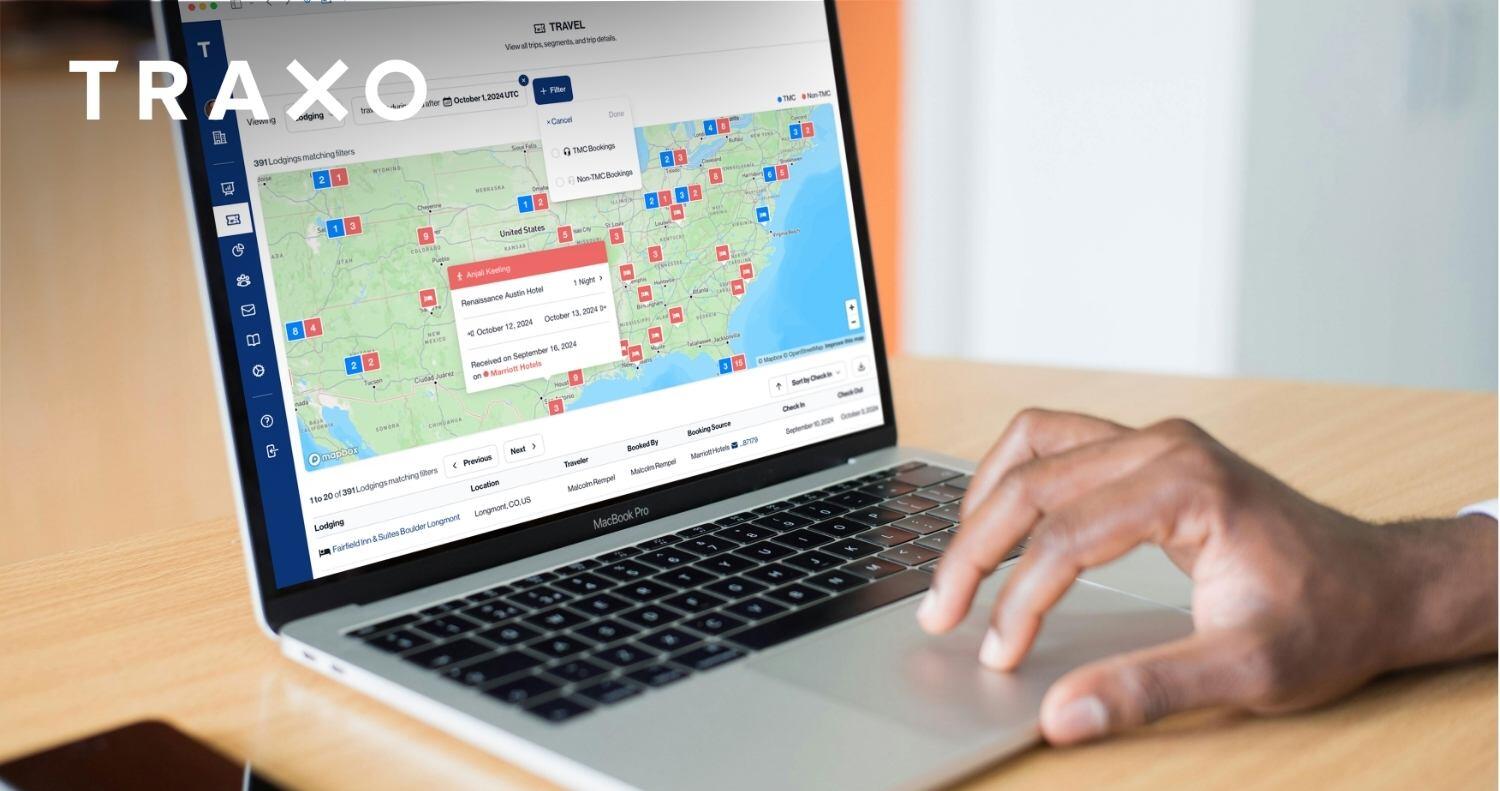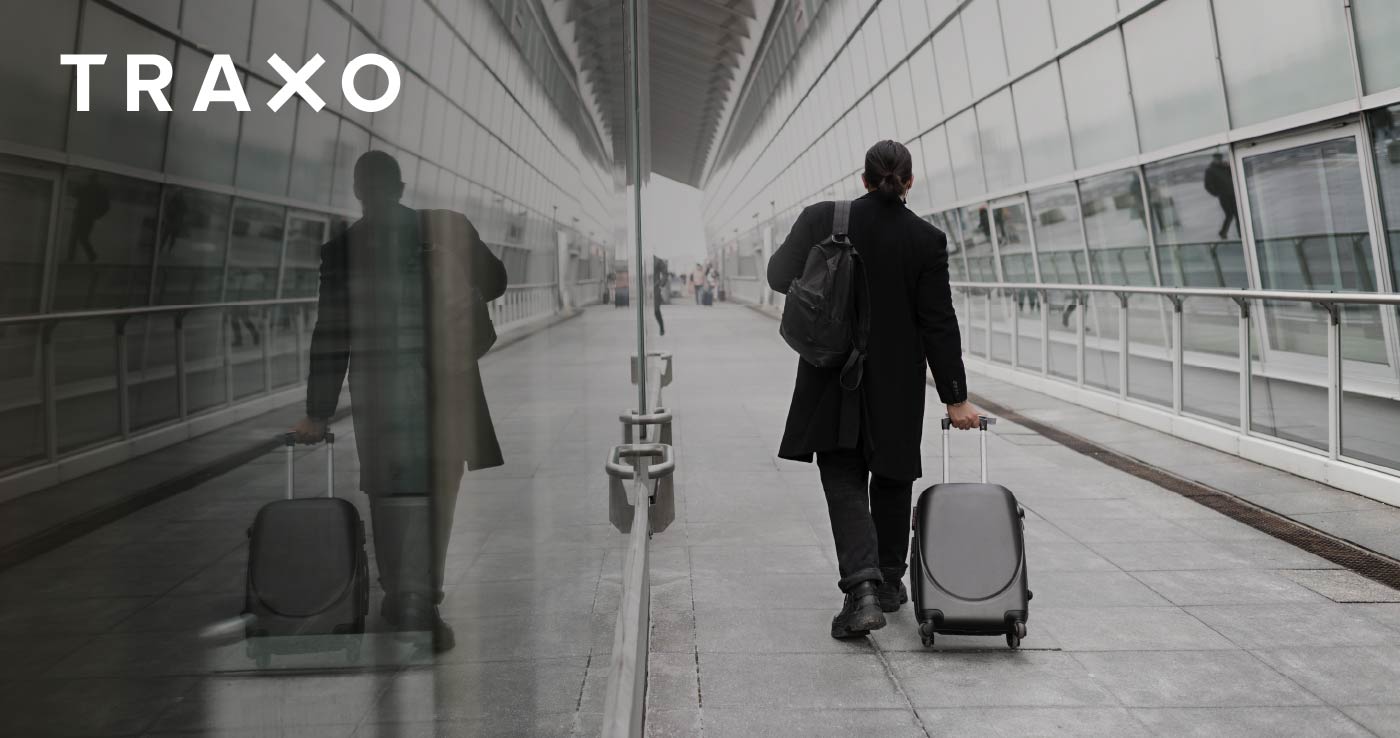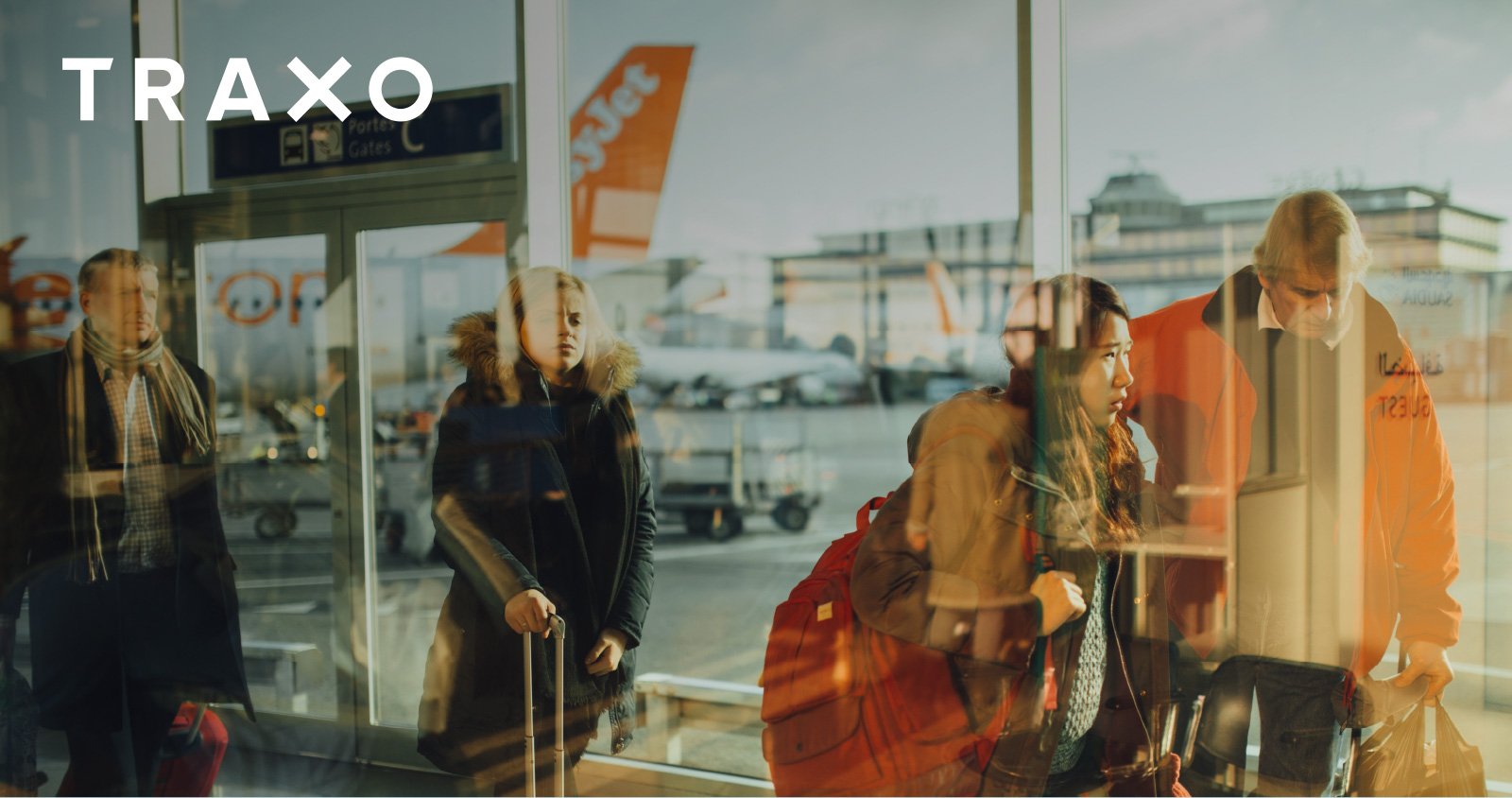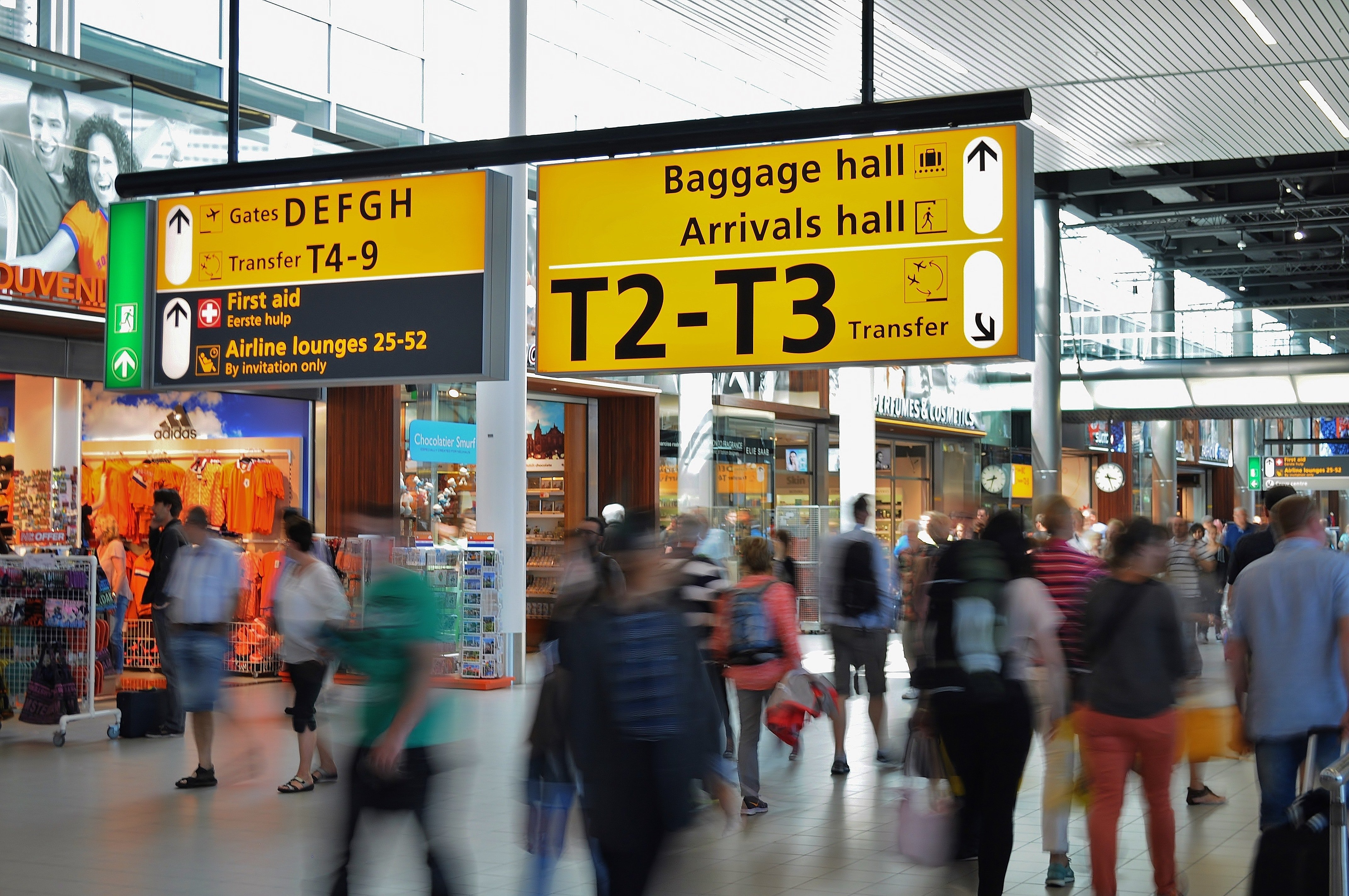2019 started off like any other year: busy calendars, overbooked flights, sold-out hotels and a bustling meeting schedule. Business was booming and travel managers were busy. Their time was spent assisting travelers, negotiating contacts, managing rates, auditing itineraries, and other mundane tasks — Until everything stopped.
When the pandemic struck, businesses and travel managers across the globe had a sense of uncertainty, urgency, and panic rushed in. Some employees were safely at home while other business travelers were thousands of miles away. Bringing them home safely became mission-critical. To complicate efforts further, flight cancelations occurred in airports worldwide as borders were closing, and travelers were stuck both near and far.
It all sounds like a horrible sci-fi movie, doesn’t it? But it wasn’t. You lived through it, and the odds are that you can tell the story better than we can.
How did corporate travel managers approach the pandemic?
Travel managers scrambled to make sense of what was happening as changes took hold by the minute. Each country — and even municipalities — enforced their distinct set of regulations, which made adhering to them seem impossible. Assembling travel data from all relevant sources was the only way to make progress on tracking travelers down and bringing them home safely.
Locating Business Travelers in an Emergency
Duty of Care is a topic commonly spoken about. However, this pattern shifted dramatically at the beginning of 2020, when duty of care became non-negotiable. Being able to locate, communicate, and promptly change travel itineraries had never been more important. Faced with obstacles on a scale like never before, travel managers were up against the clock to bring their people home. This seemingly impossible task was made easier for those with sufficient data reporting available.
One Traxo client — an international fashion retailer based in Canada — found the comprehensive data provided by Traxo to be its saving grace as the country shut down the borders. Because roughly 60% of their Hotel and Air bookings were made off-channel, they couldn’t rely on their TMC or expense reports for access to their travel data.
The retailer’s travel data needed to be complete and easily accessible for the travel managers to make swift decisions in the best interest of their travelers. Thanks to Traxo’s ability to capture data from all sources (not just TMCs and or-business portals), the retailer’s team determined where all of the travelers were located and brought them home before the border closures took place.
Getting Business Travelers Home without a Data Source
When the pandemic began, organizations without complete travel data struggled more than those with established data aggregation strategies and dynamic travel policies. It's common for SME businesses to have a “find and book the lowest fare” policy in place. However, this approach can be risky if you're unable to locate, track, or communicate efficiently with your travelers. Businesses who found themselves in this dicey scenario were left scrambling to contact travelers via cell phone or text message or even through a family member or partner. At scale, this methodology is impractical, at best, and poses a tremendous safety risk, at worst.
A Long Lull for Leisure and Business Travel
As you’re well aware, COVID-19 created a tremendous lull in business and leisure travel. On the positive side, this downtime allowed businesses to re-think travel programs and, in some cases, do a complete overhaul. Because 2020 illuminated the gaps in corporate travel programs and policies, travel teams were better prepared to implement meaningful policy changes and new software solutions for travel data aggregation, expense management, risk mitigation, and other areas of concern.
Emerging from the Pandemic with a Revitalized Travel Program
During the pandemic, business travel may have stopped, but meetings continued. A shift toward virtual meetings occurred and, in turn, companies realized cost savings by temporarily eliminating expenses related to business travel.
Now, however, people are itching for life to return to normal. With some businesses reopening and much of the United States open for business, air traffic is rising, and business travel has experienced an uptick. Once more is known about COVID-19’s numerous variants and booster shots are developed, business travel may finally experience its post-pandemic Renaissance.
With all that has occurred over the last 1.5 years, business priorities have shifted (hopefully for the better), and travel programs have been reimagined.
- Companies that considered duty of care non-essential before the pandemic have reprioritized traveler safety and seek access to reliable data to locate and protect their travelers swiftly.
- Companies without reliable travel policies have now written and enforced comprehensive travel program policies that consider savings, safety and crisis management.
- Companies that did not have access to complete travel data are implementing data aggregation and pre-trip auditing through companies such as Traxo.
Knowing that there has been a major change in the way businesses handle their corporate travel programs, employees should feel more prepared and supported as they begin traveling again.
Looking Ahead: The 2022 Business Travel landscape
Data analysts across the globe have been crunching numbers to predict what the future has in store for the travel industry. IATA, a trusted leader in the airline industry, has compiled this comprehensive economic report on the industry's recovery.
Below are some generalized thoughts on what traveling in 2022 may look like:
- There will be an influx of leisure and business travel due to the pent-up demand and yearning to travel again.
- We may see rates increase as businesses within the travel and tourism sectors try to recoup the losses after two years of travel restrictions.
- Covid-19 passports and or proof of vaccination paperwork will be required when traveling, especially outside your home country. TMC’s will likely adjust traveler profiles to incorporate this documentation, much like how they handle passports or nexus documentation today.
- Borders will continue to re-open and welcome travelers from across the globe.
- Travel policies will be revisited more frequently and updated across organizations worldwide.
- Increased sanitization and cleanliness on planes, trains, car rentals, and hotel rooms will likely continue long-term, allowing for more employment opportunities but slower turn-around time for services due to increased cleaning measures.
- Humanitarian efforts will continue to support third-world countries throughout their recovery, and travel to highly-impacted regions will likely be halted for long periods.
Business Travel and a Pandemic: Hard Lessons Learned
Regardless of the state of your corporate travel program in early 2020, it’s safe to say that organizations and business leaders walked away with countless lessons on how to improve the safety of business travelers and the importance of comprehensive travel data for quick and decisive crises management.
Traxo supports comprehensive, real-time, actionable data that allows your business to pull reports and quickly locate travelers 24/7 — regardless of the traveler's original booking source. It's also easy to transfer Traxo data to the service providers that need it most, including duty of care providers. If you are looking for ways to enhance your travel data as employees take to the skies again, contact Traxo today.


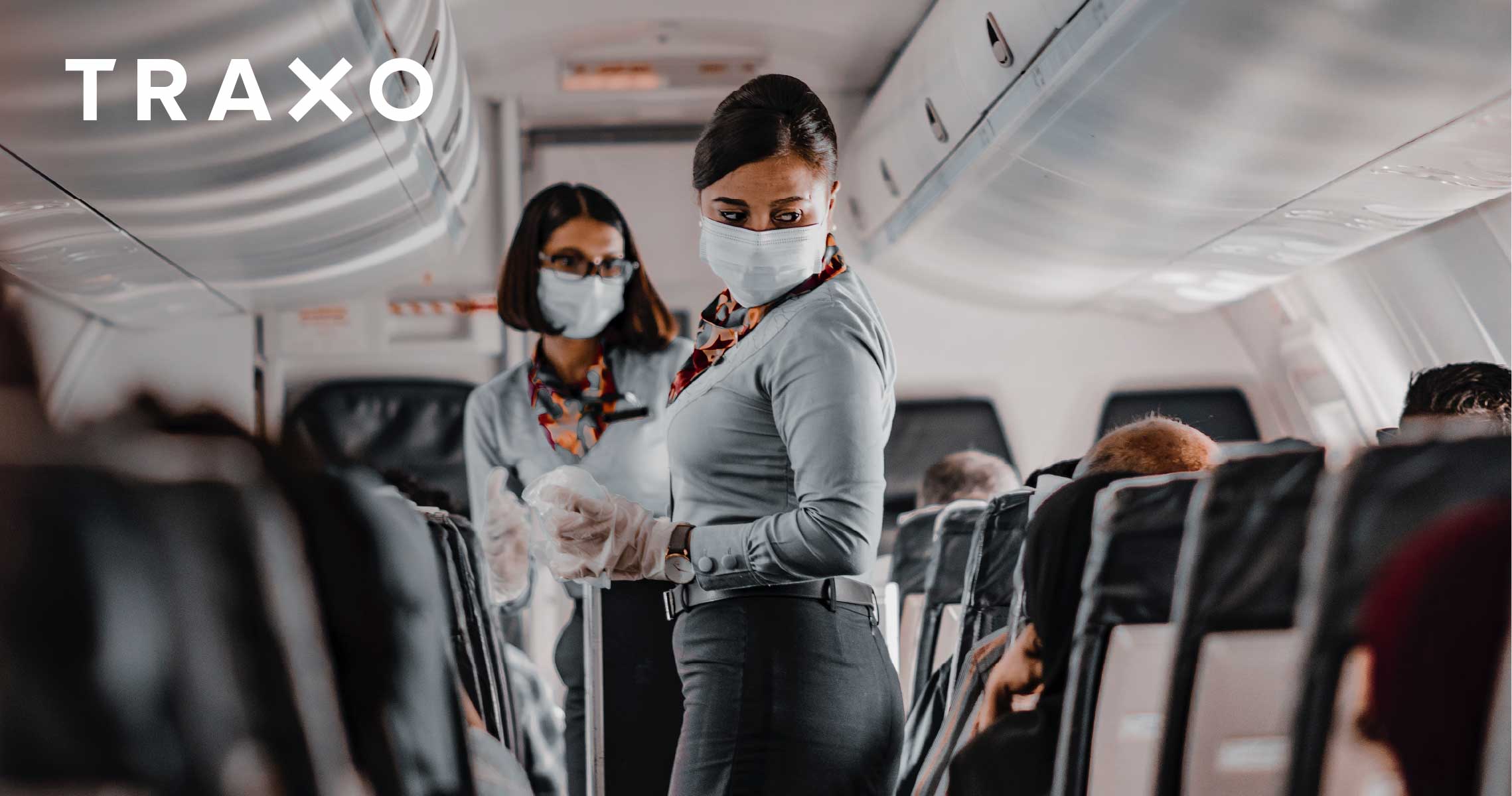


.png)

.jpg)
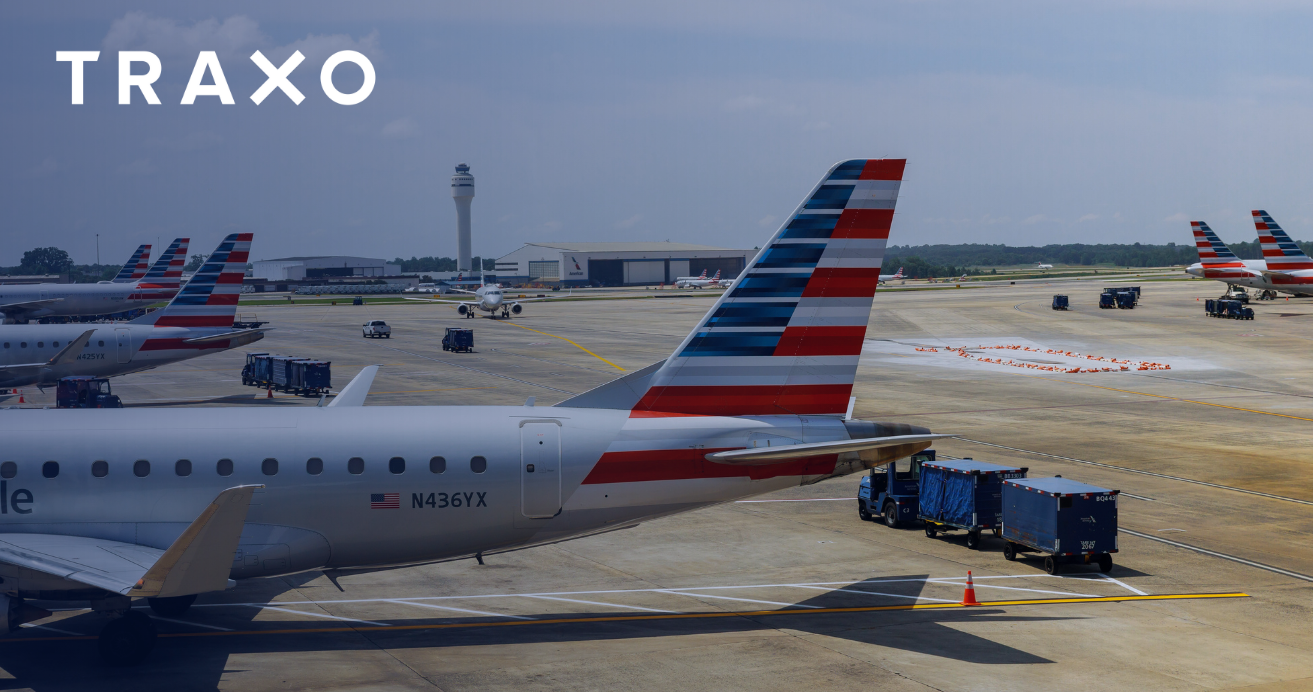
.jpg)



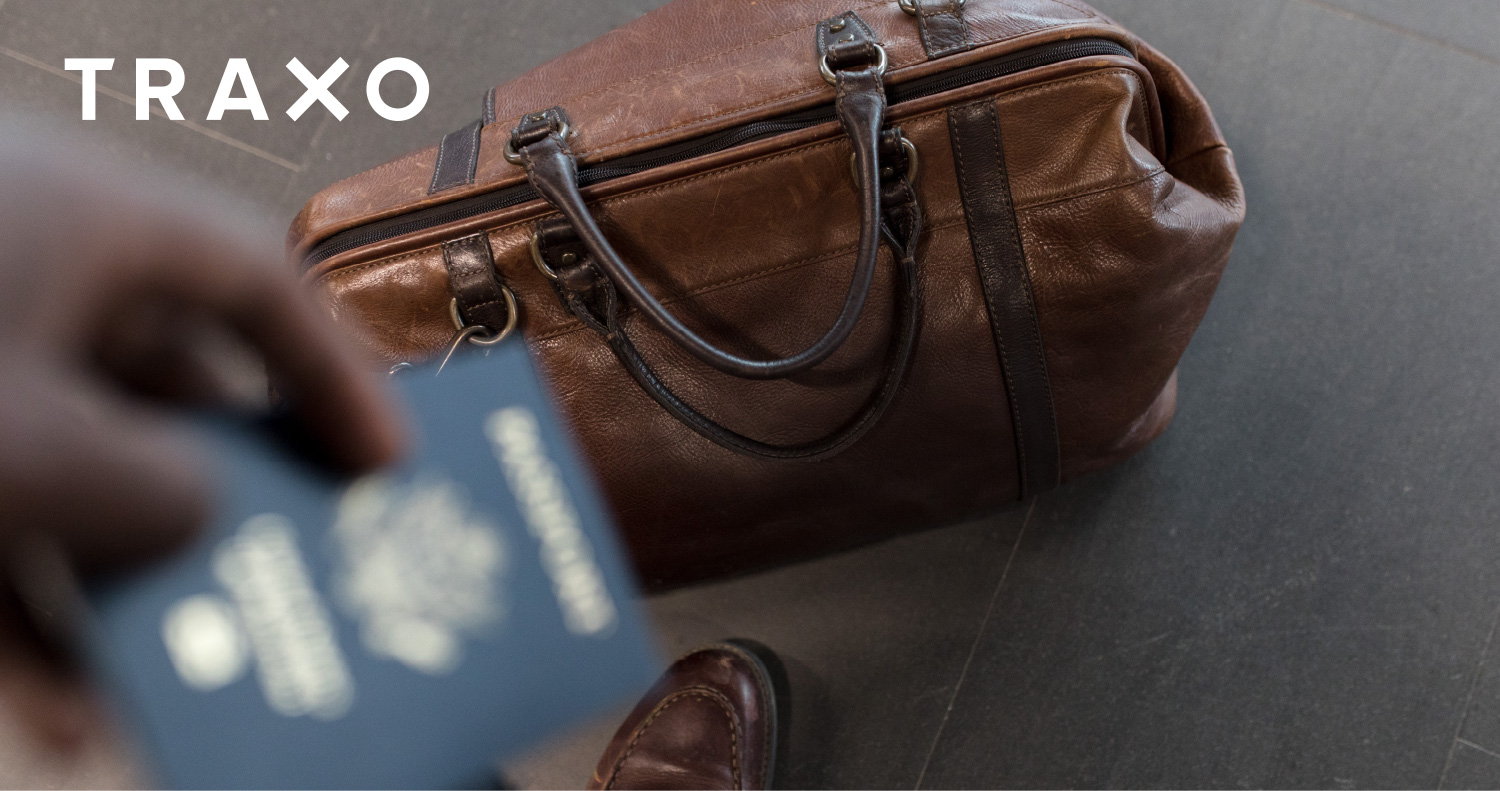





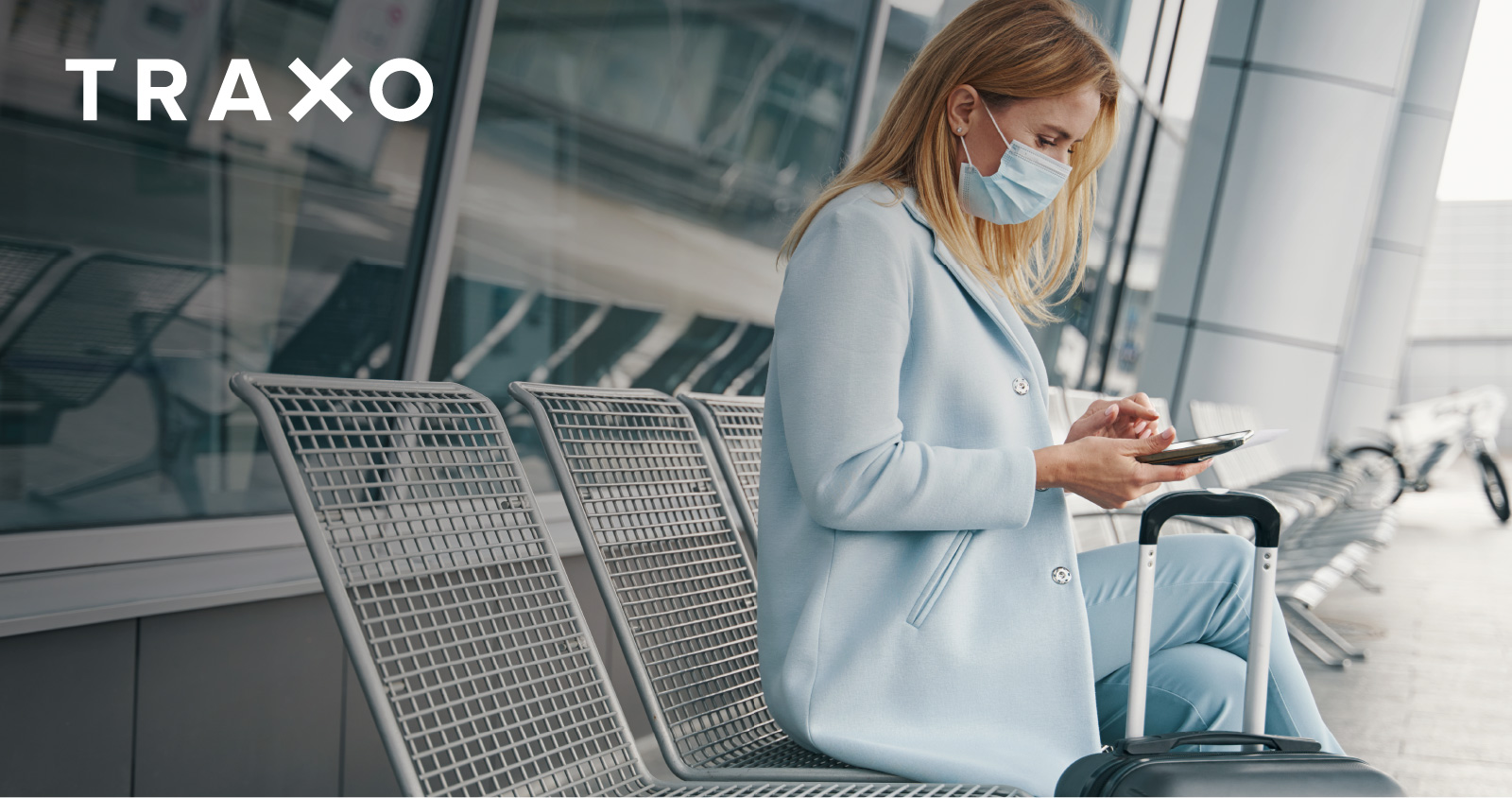
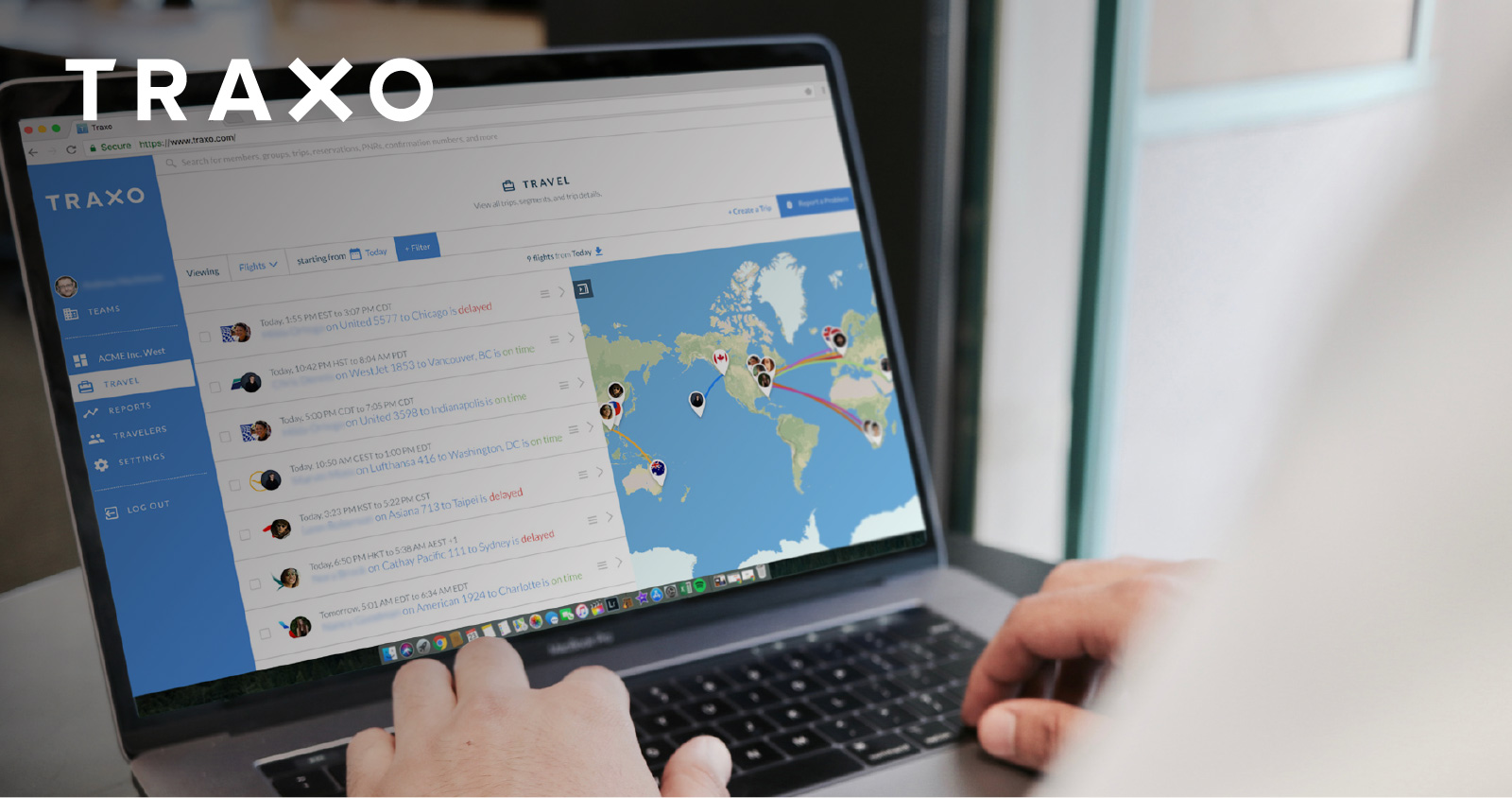
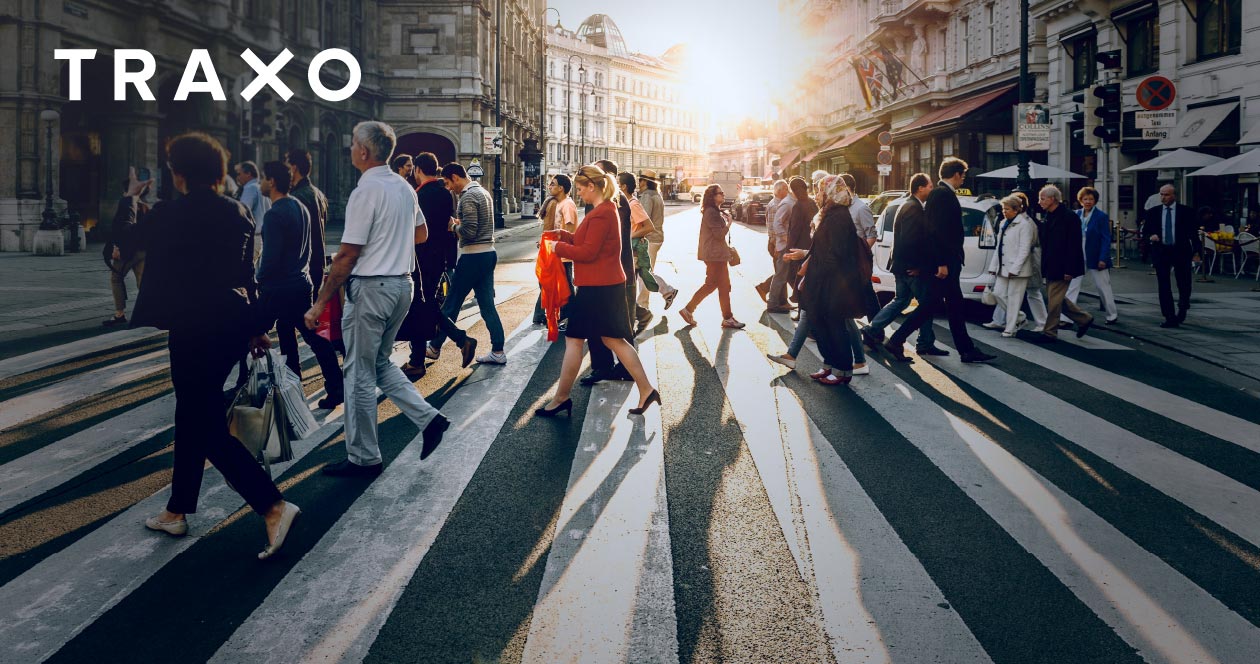

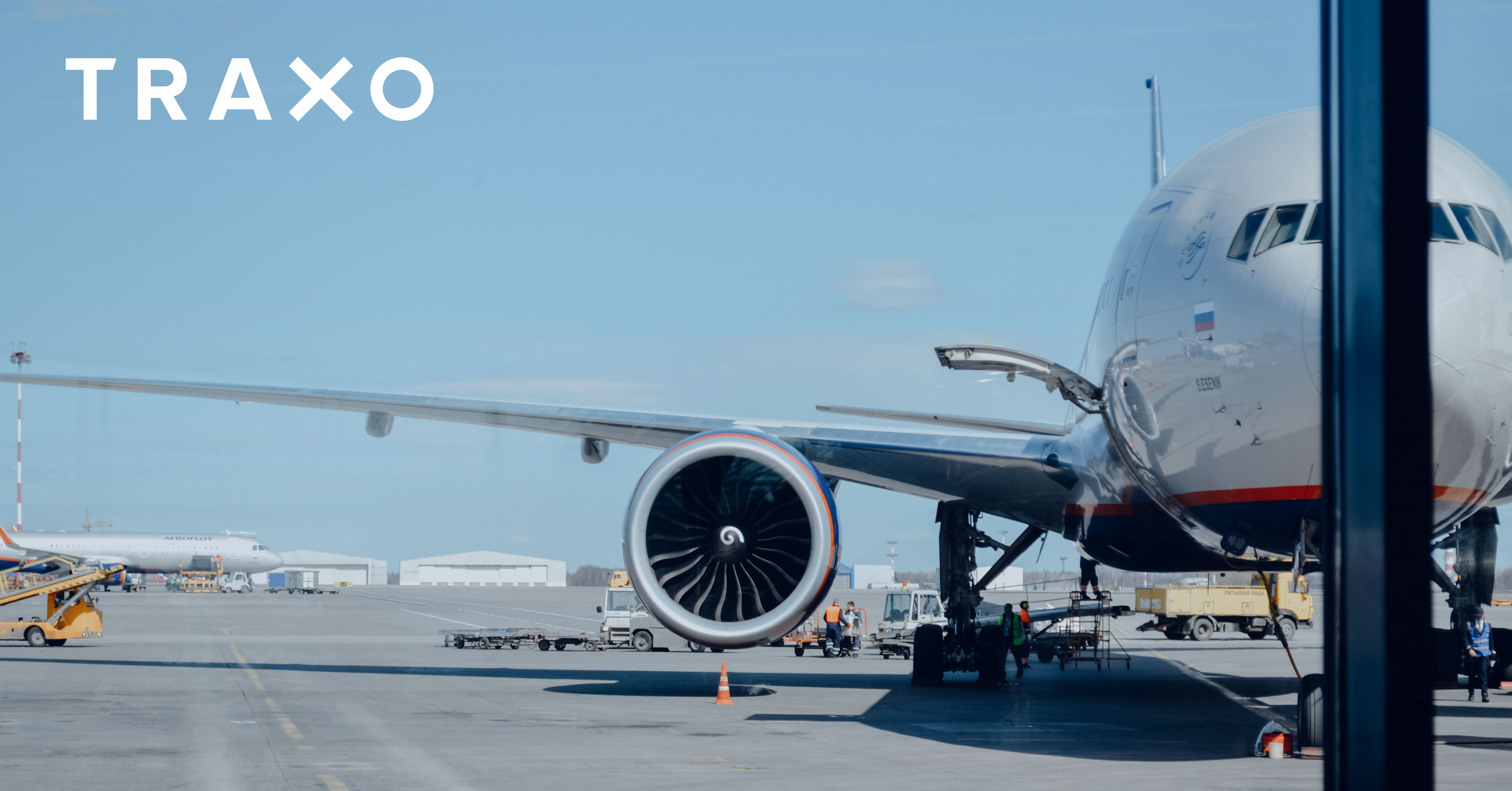
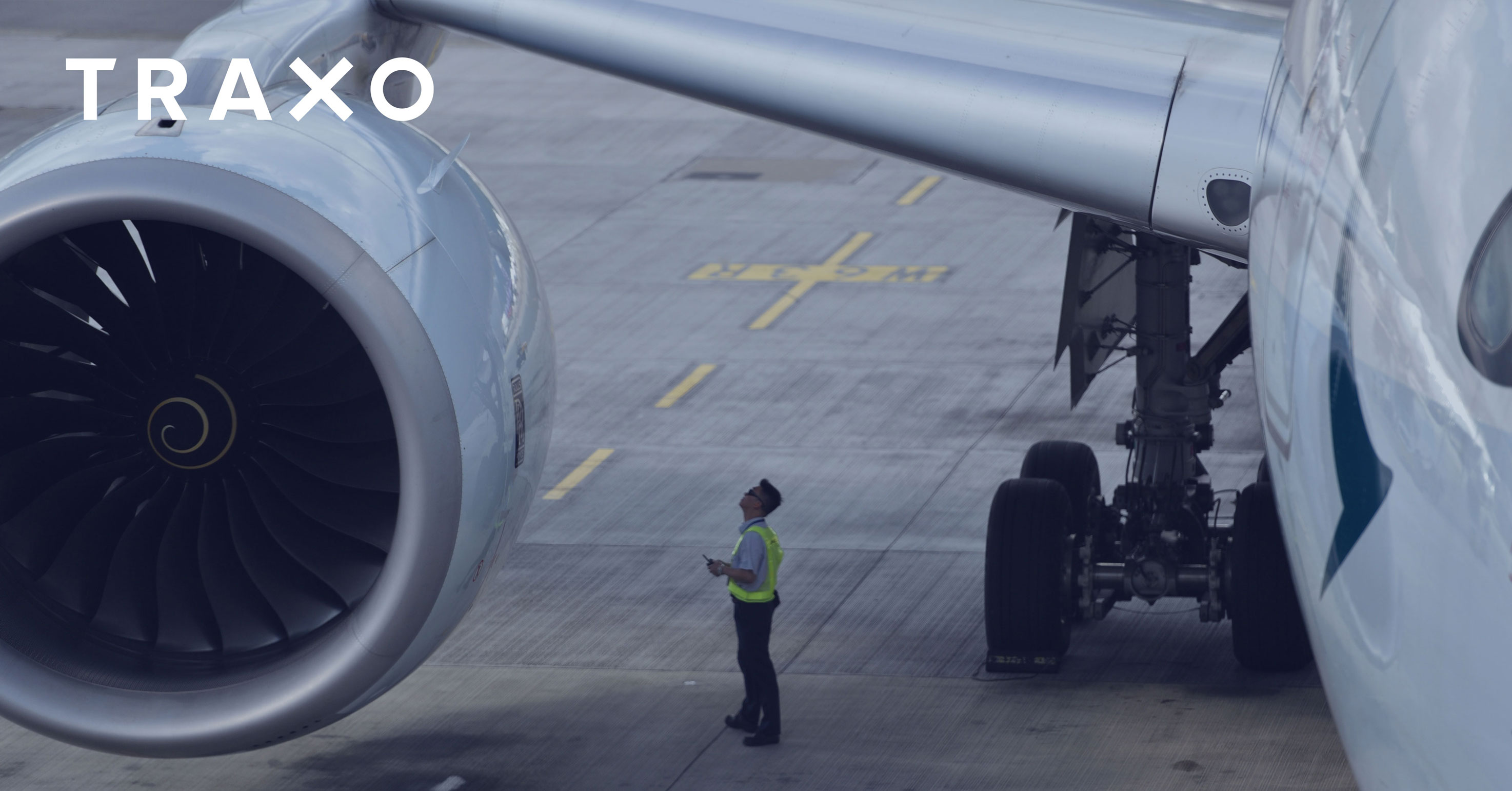

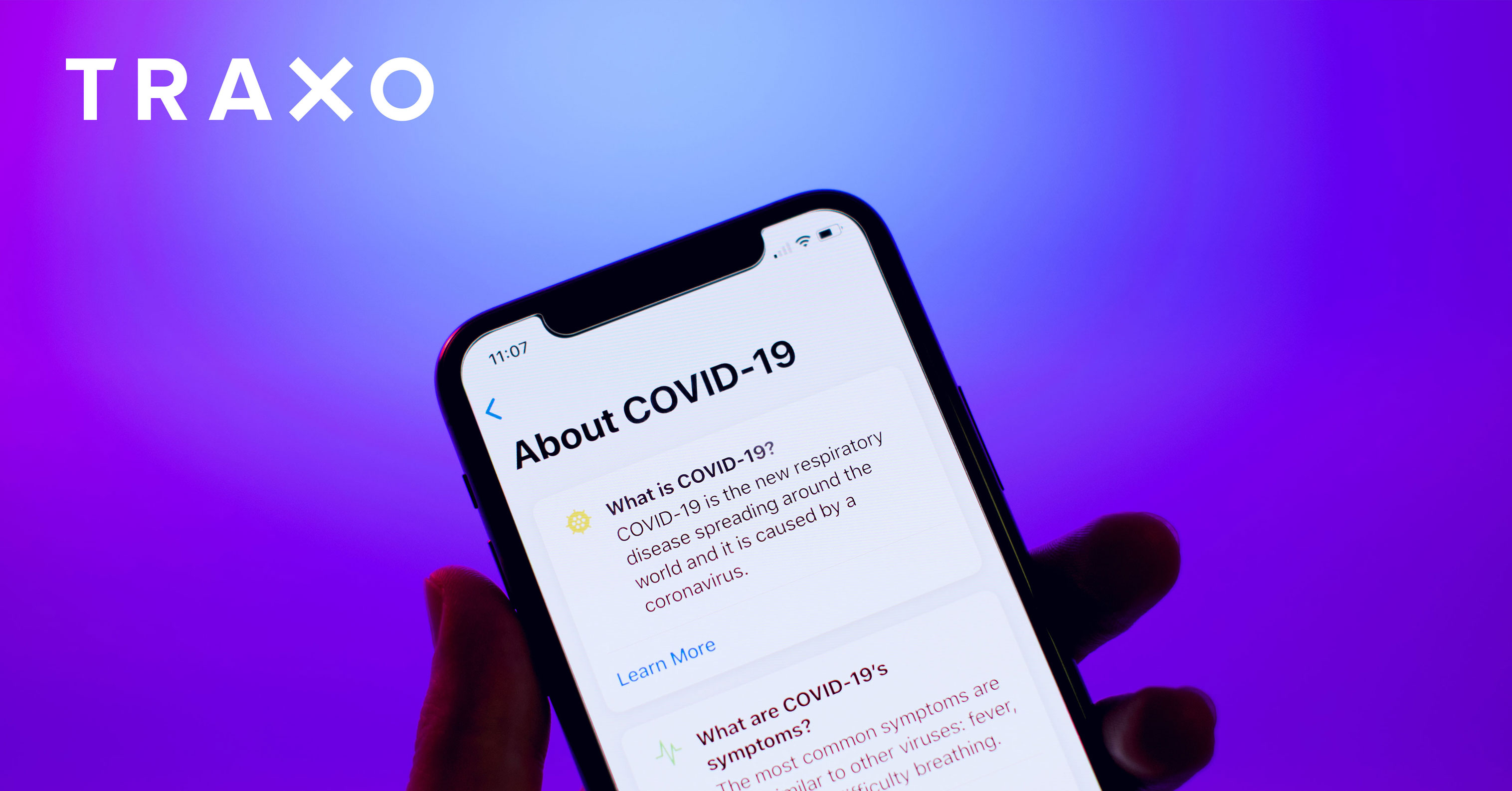

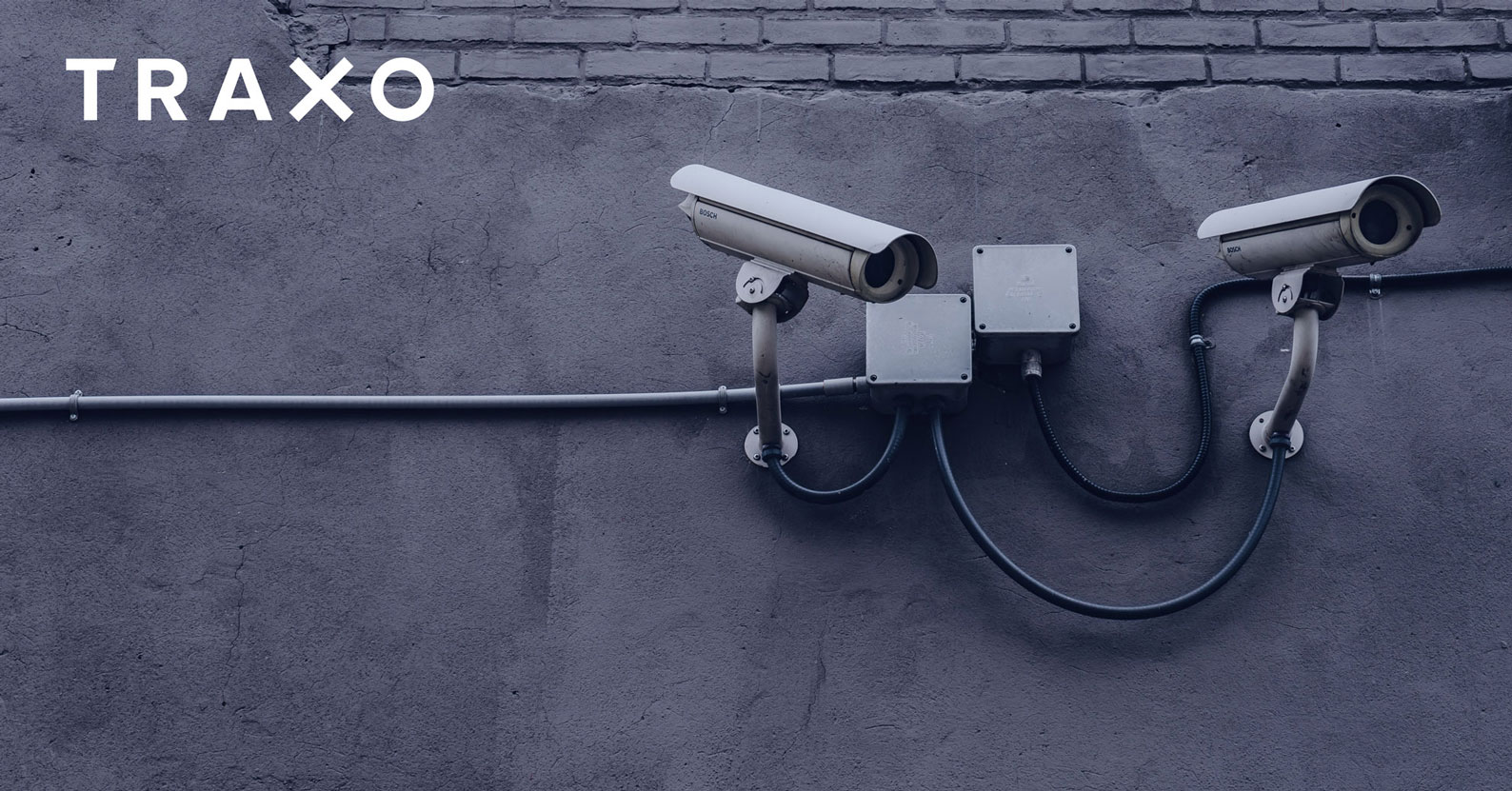
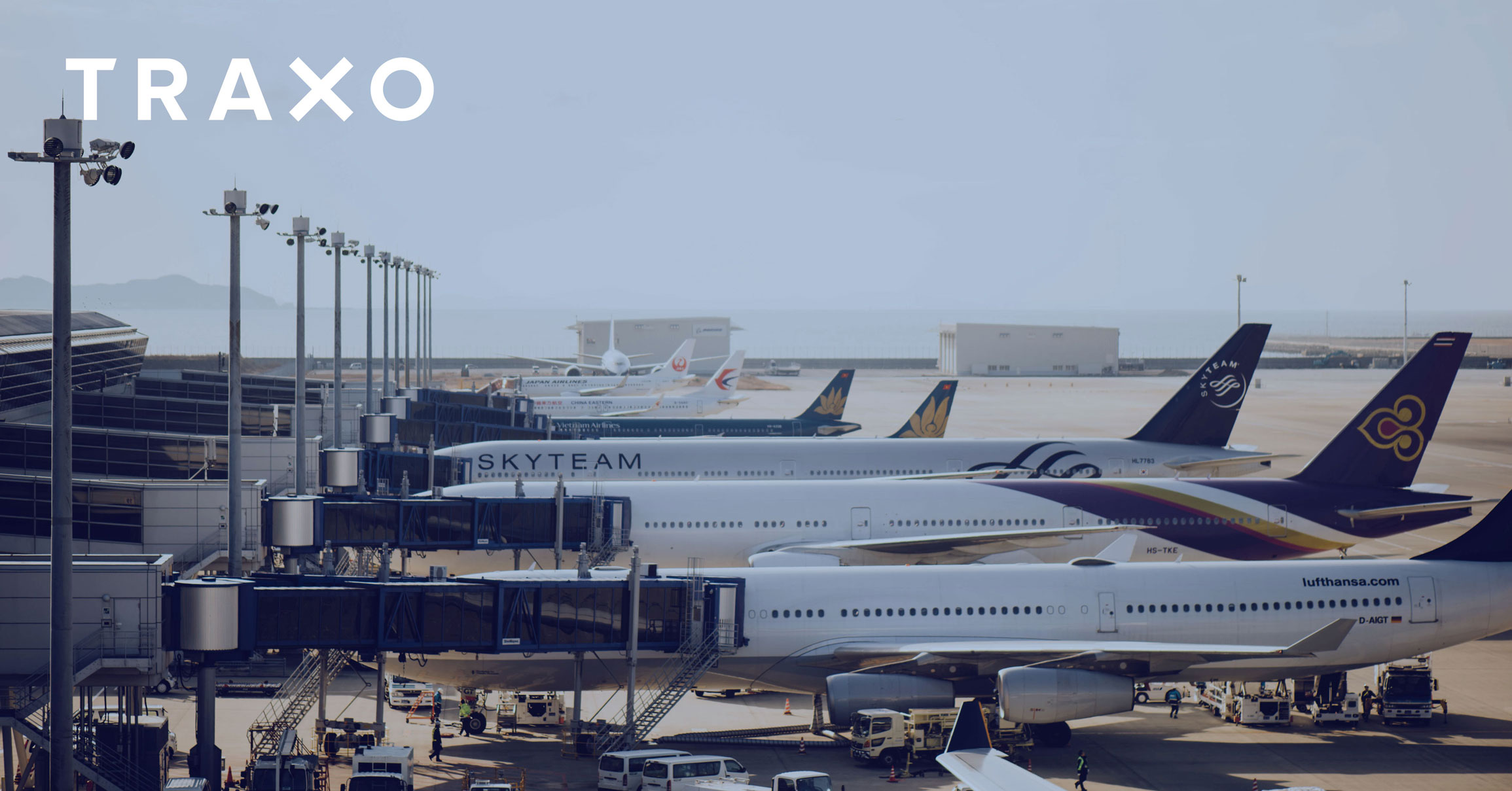
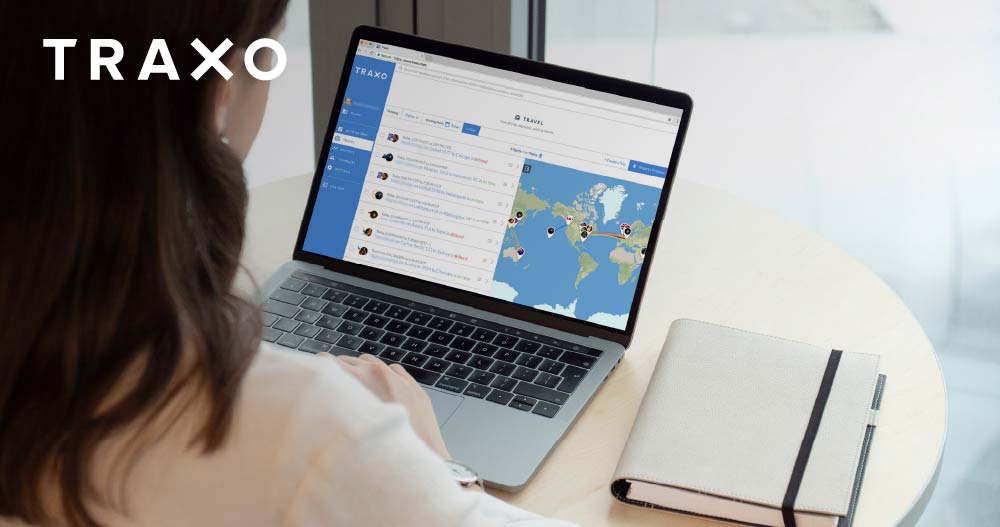












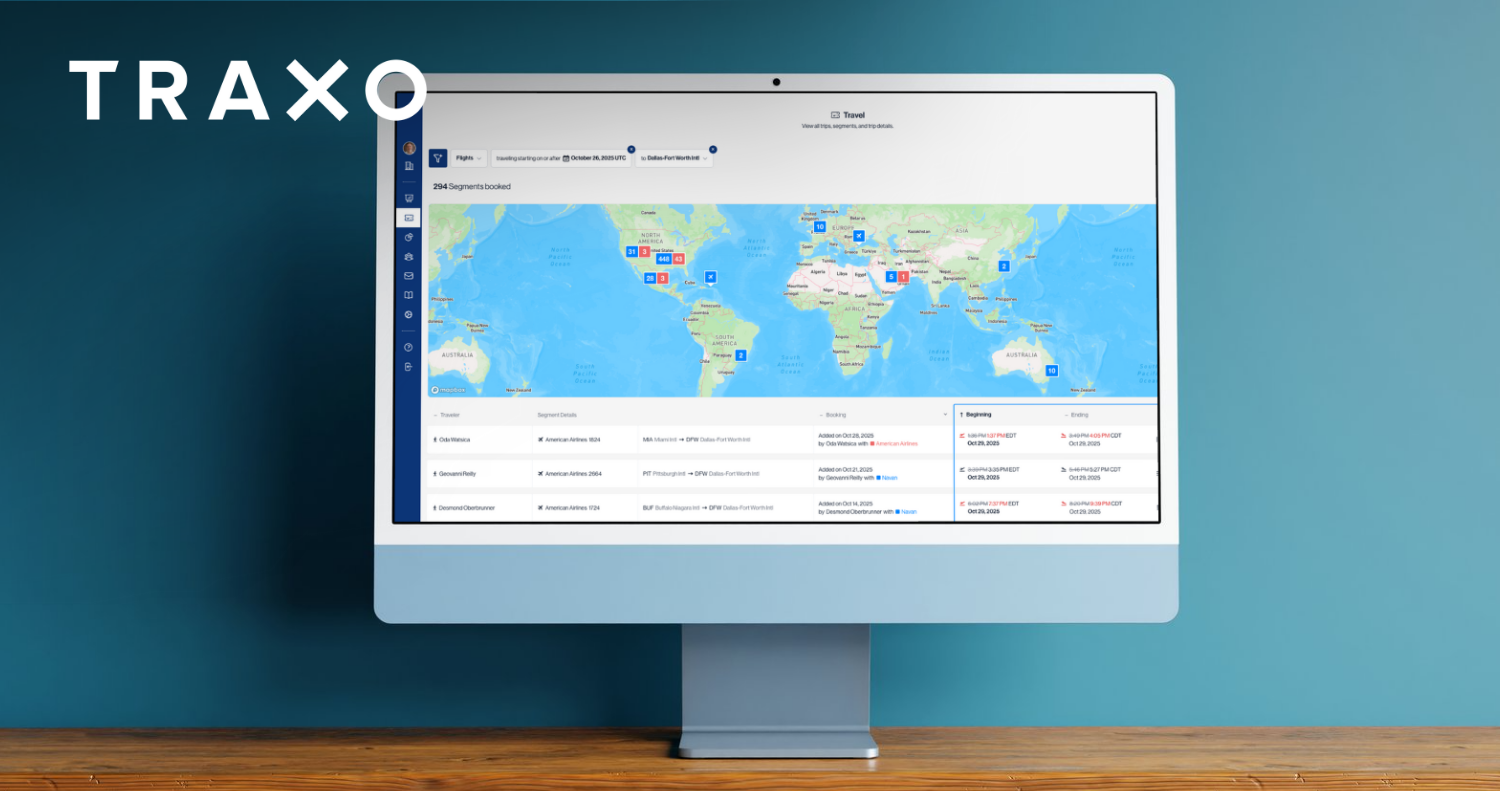
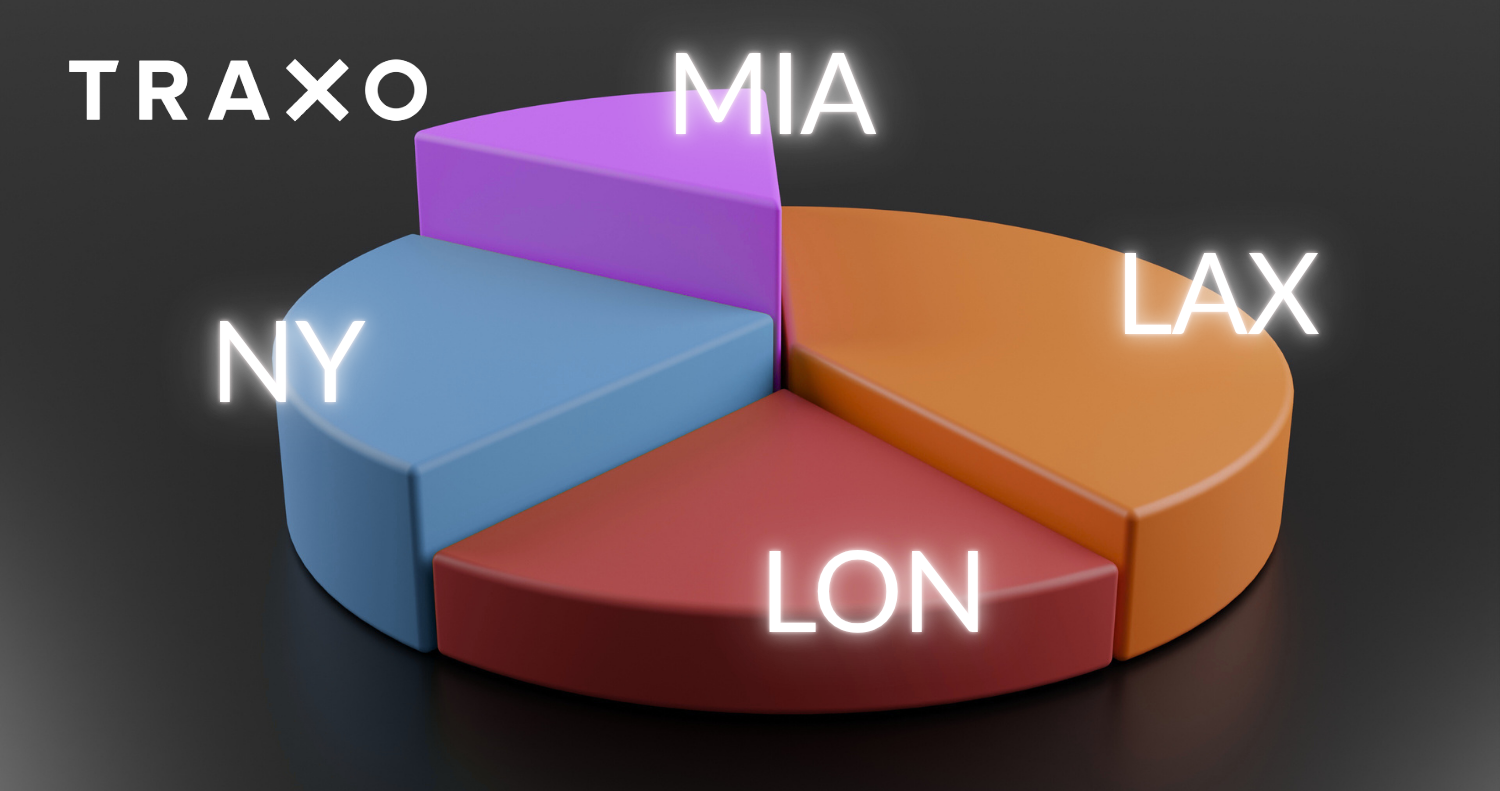



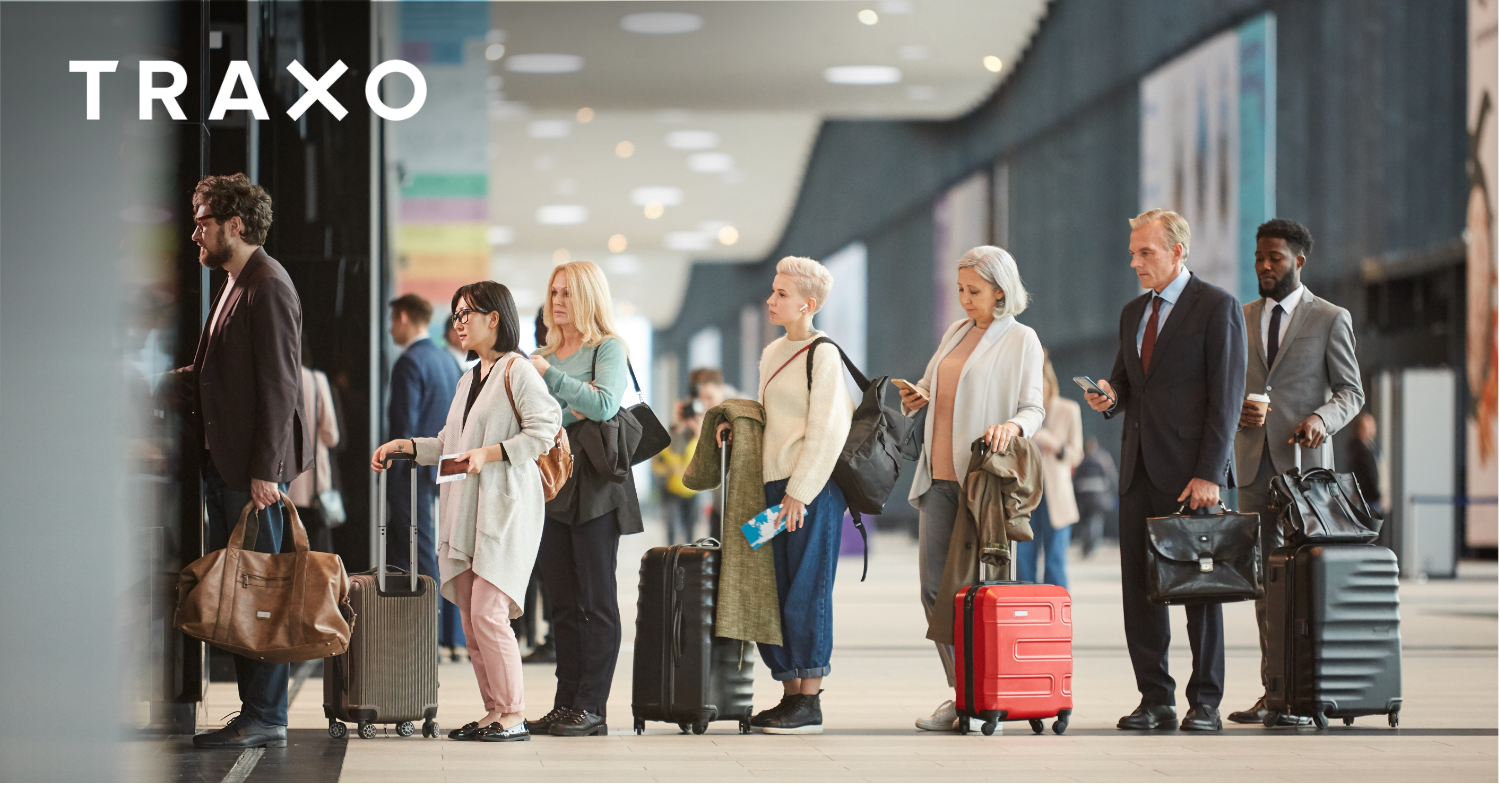


.png)

